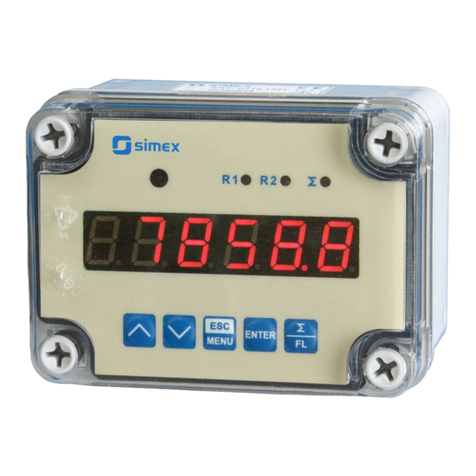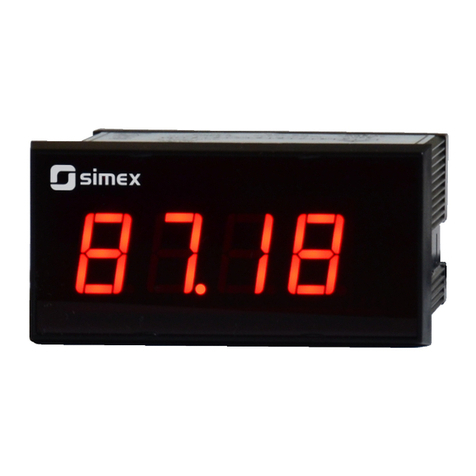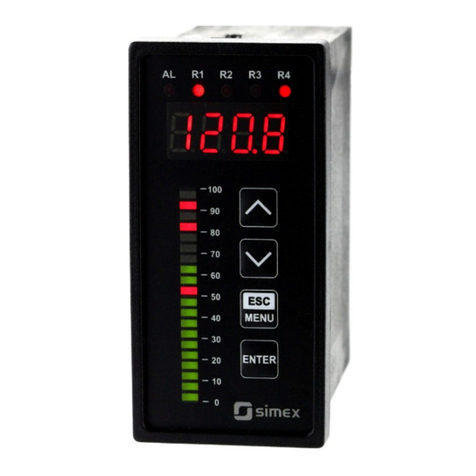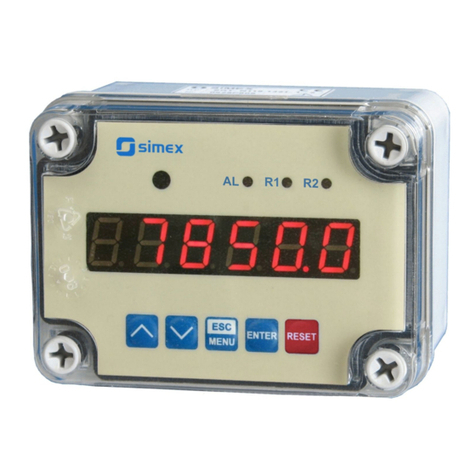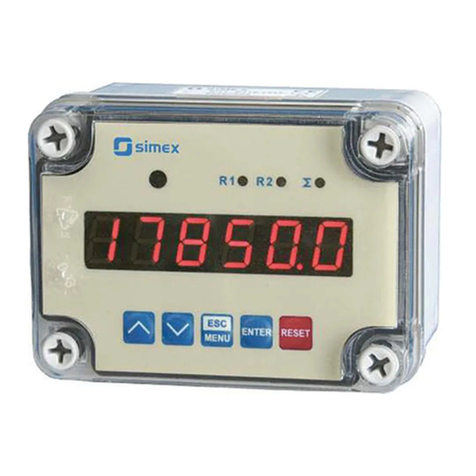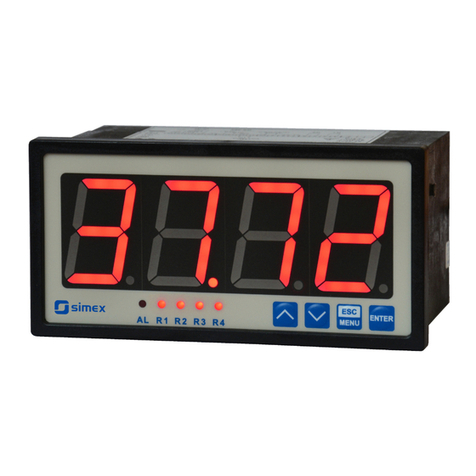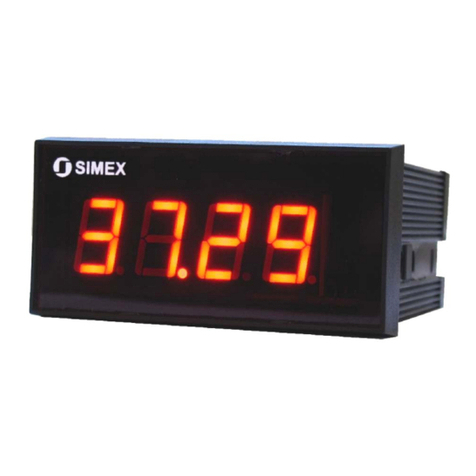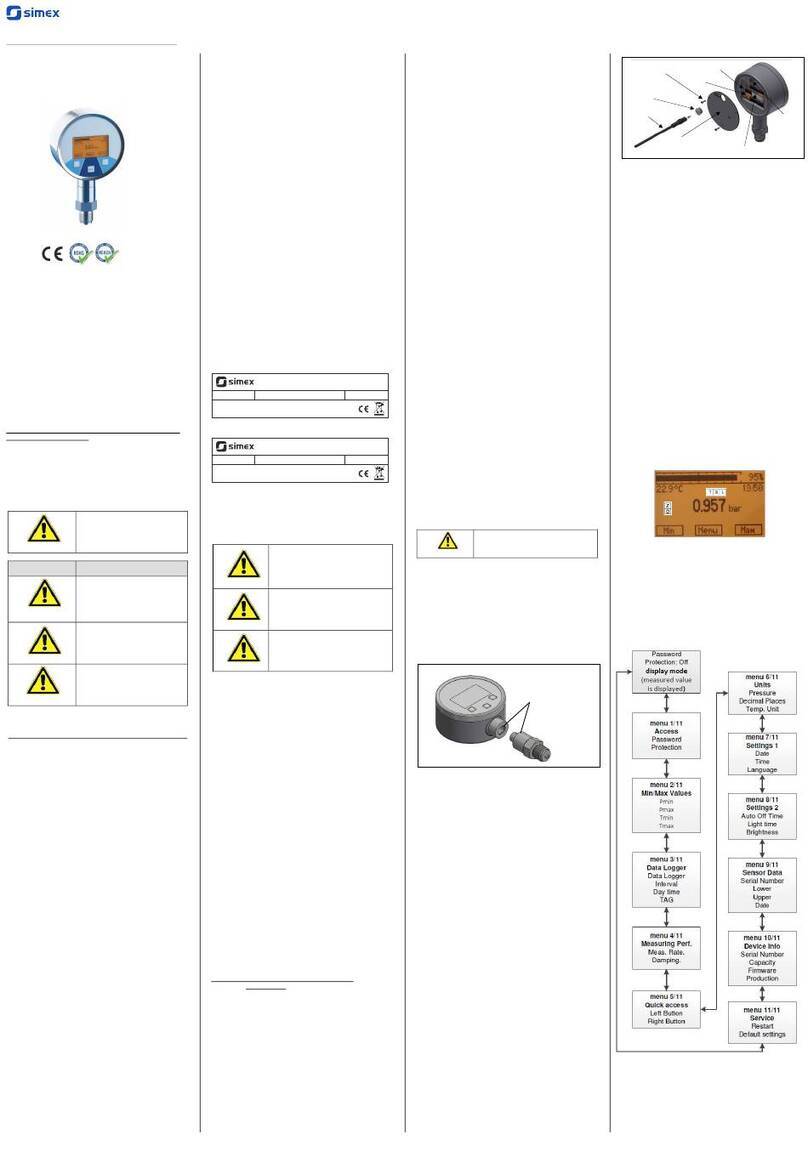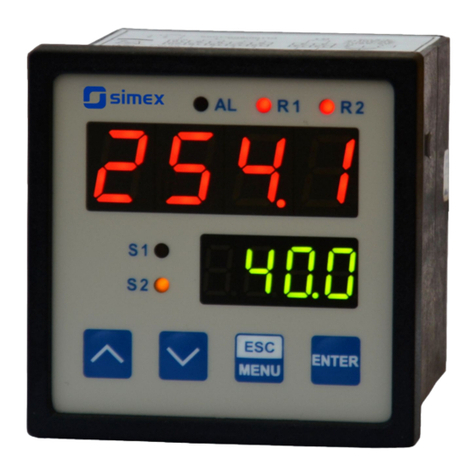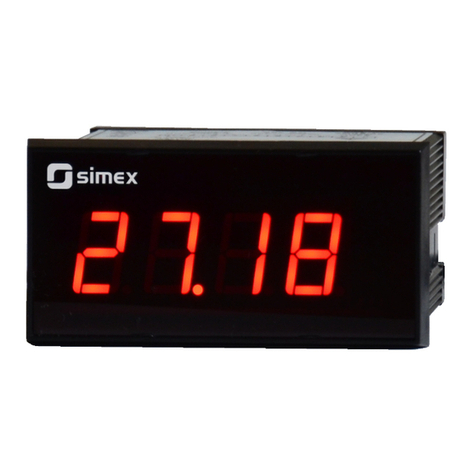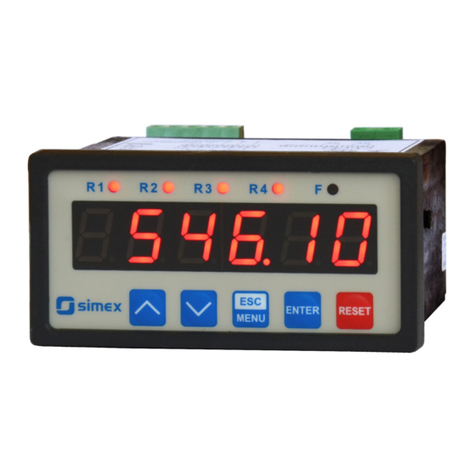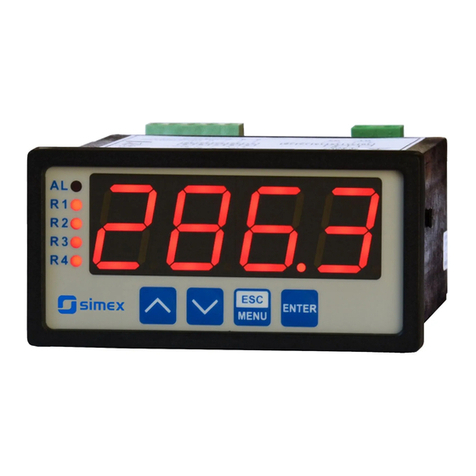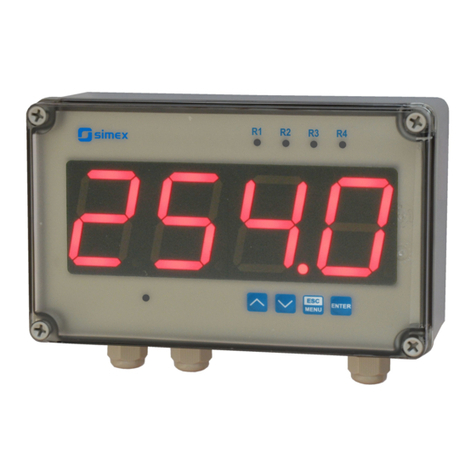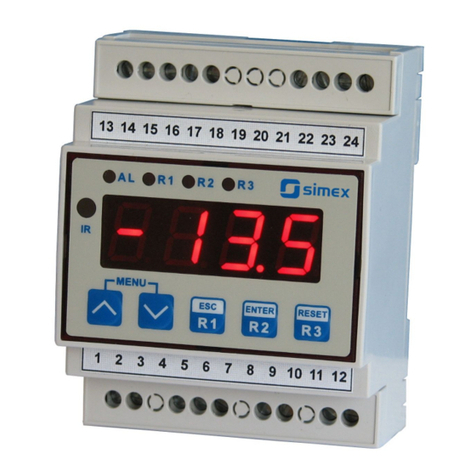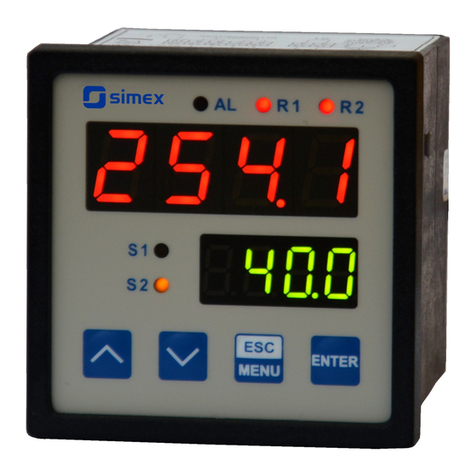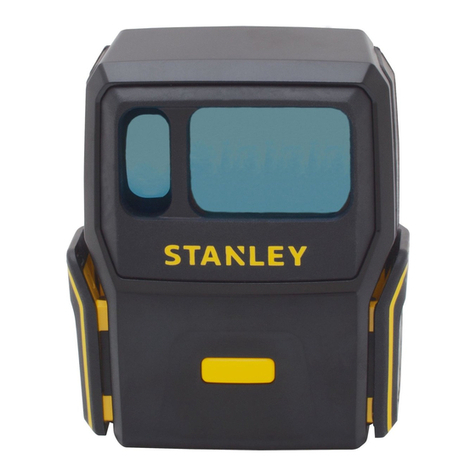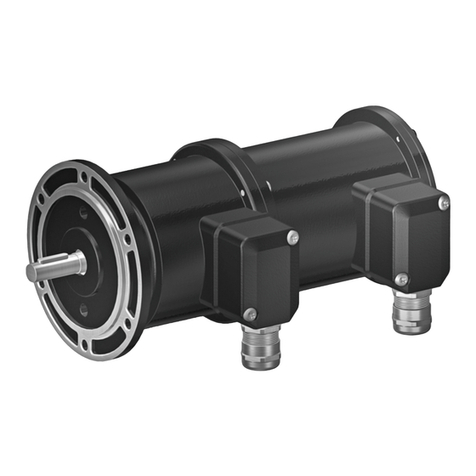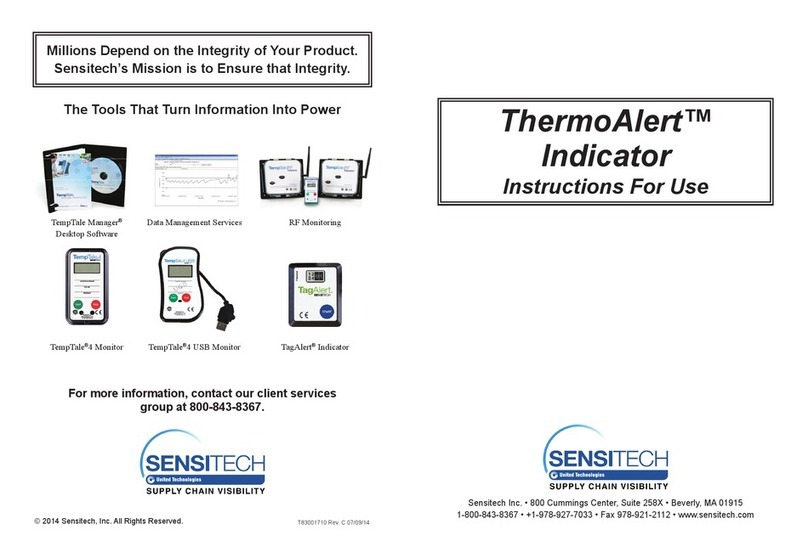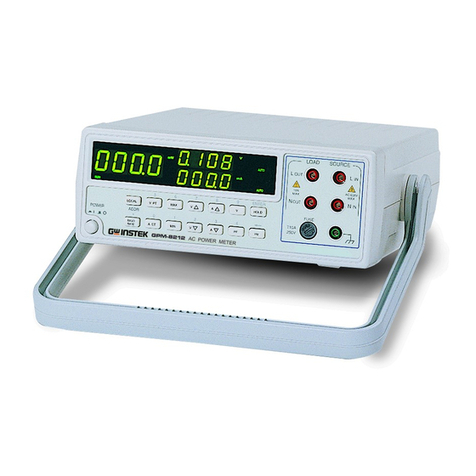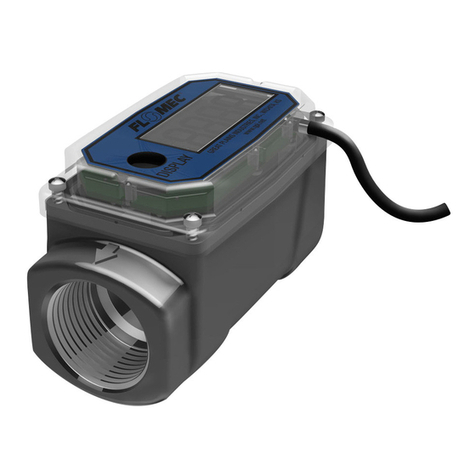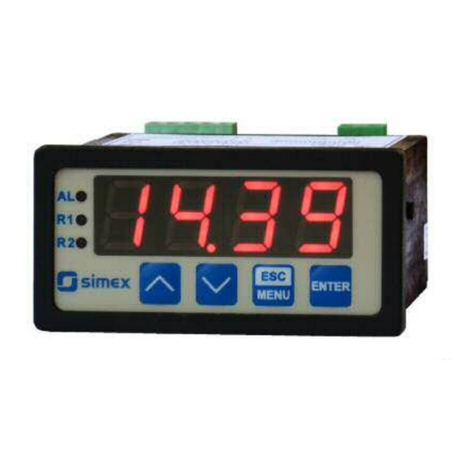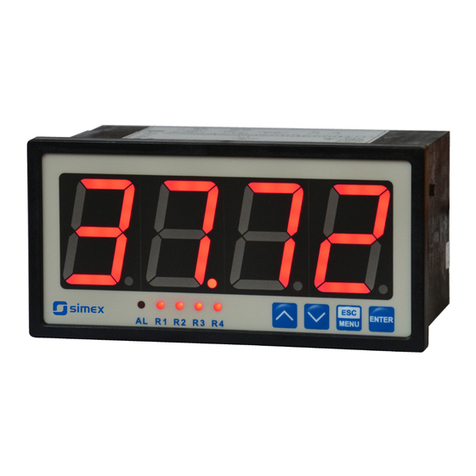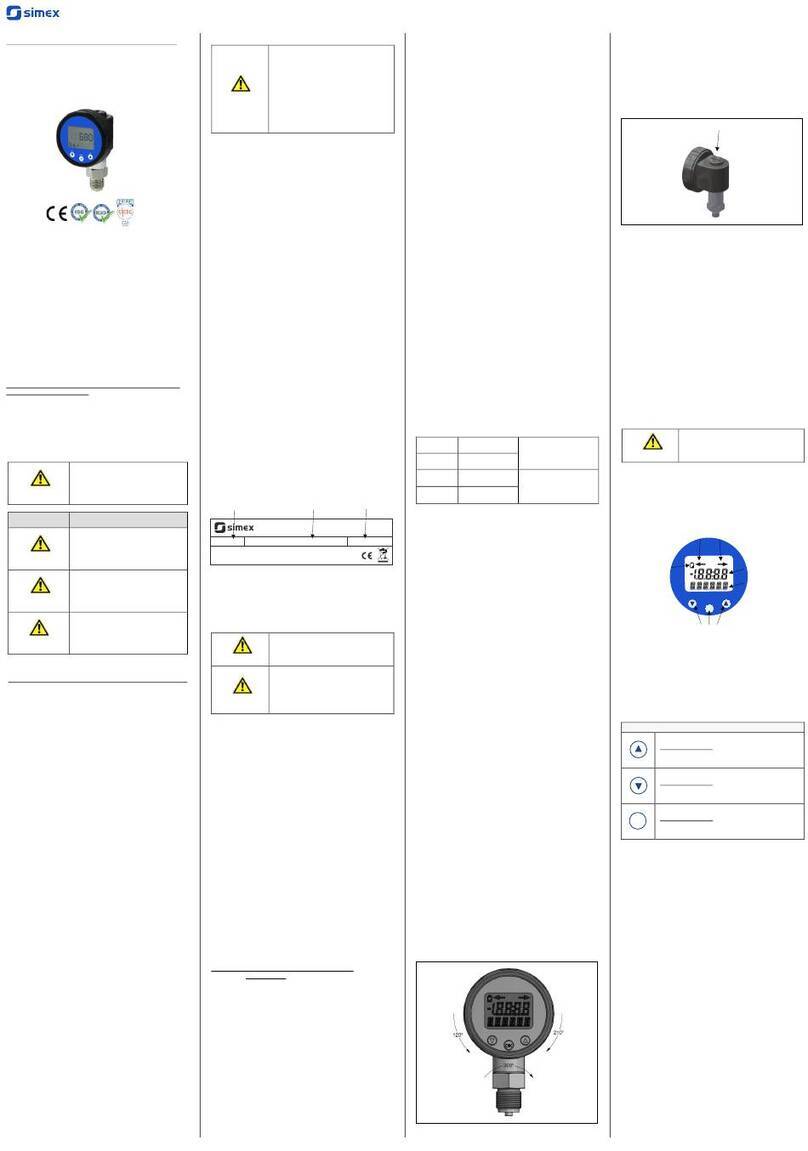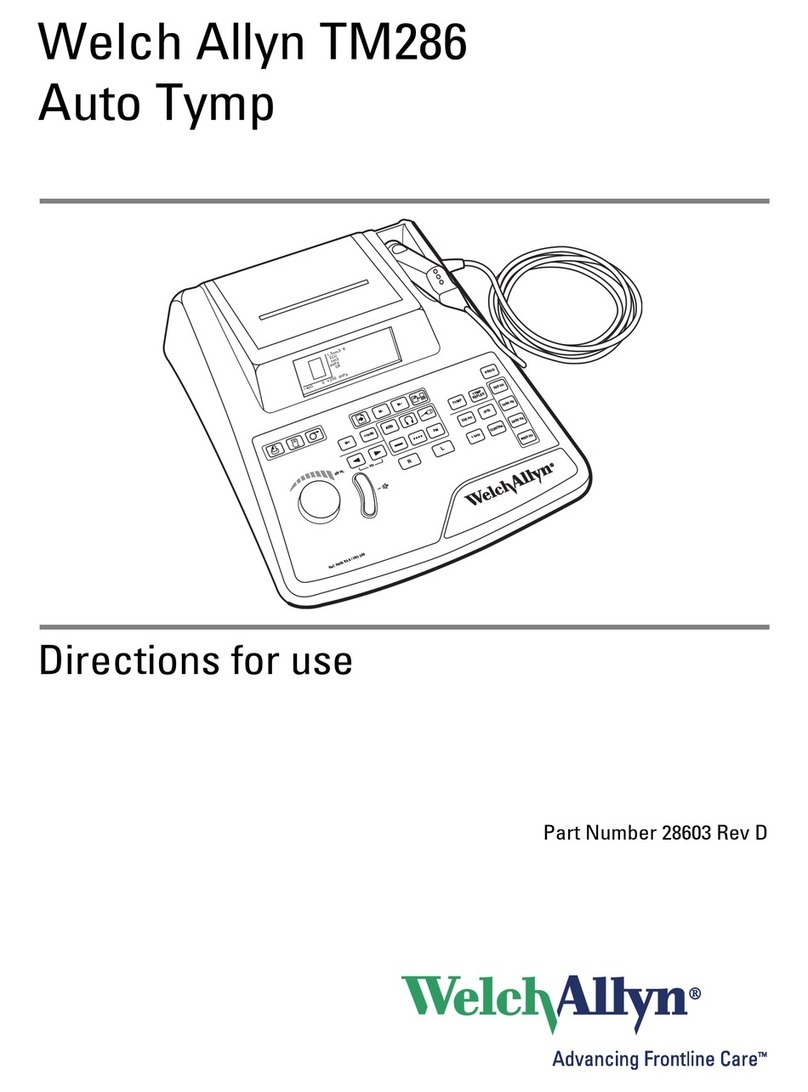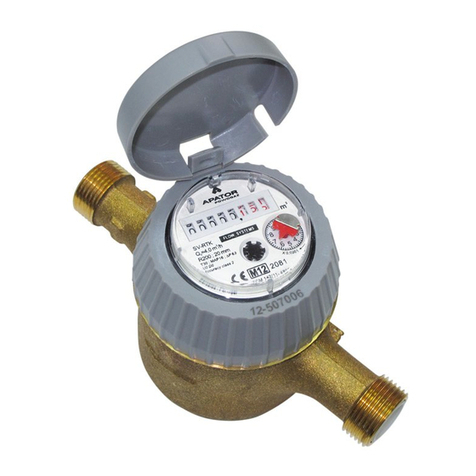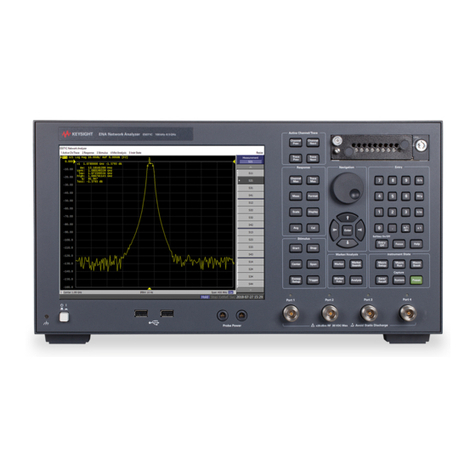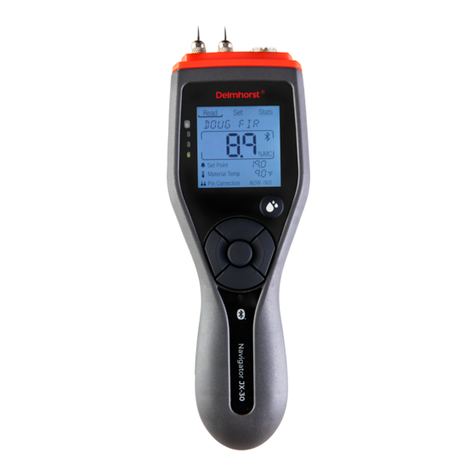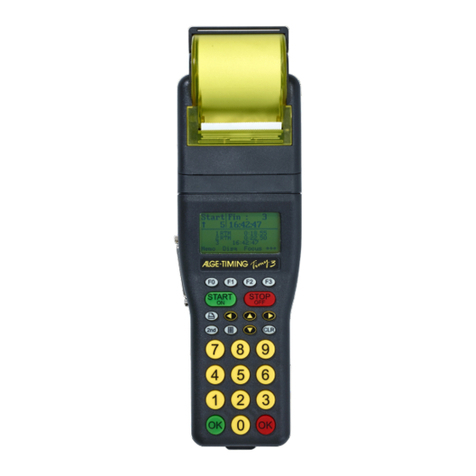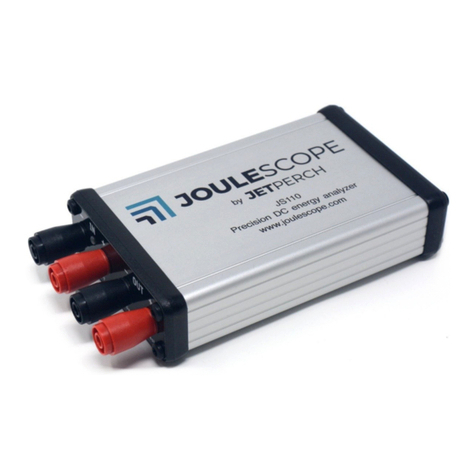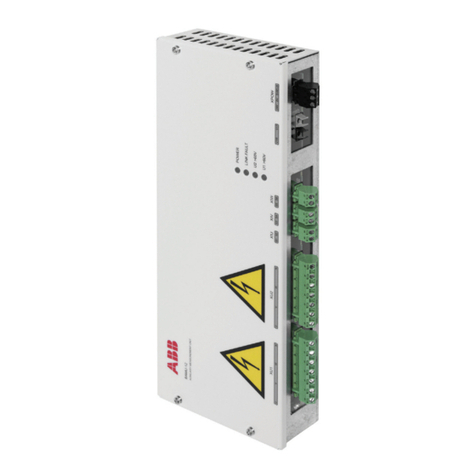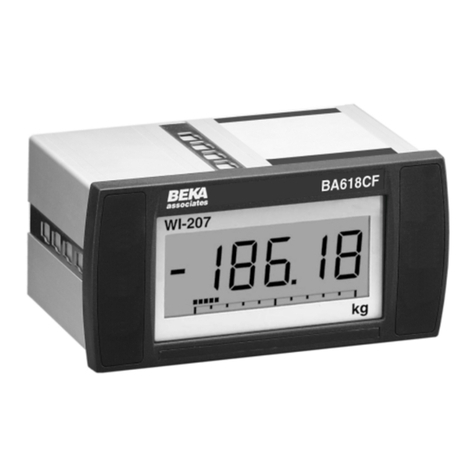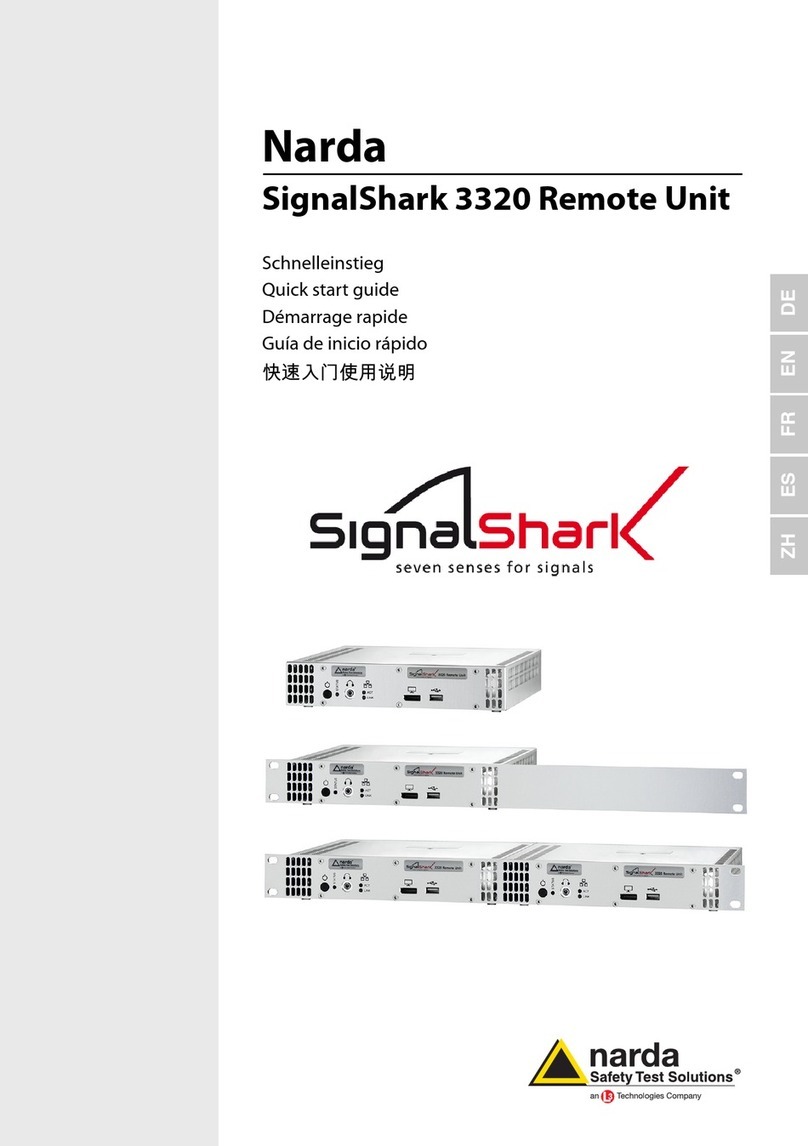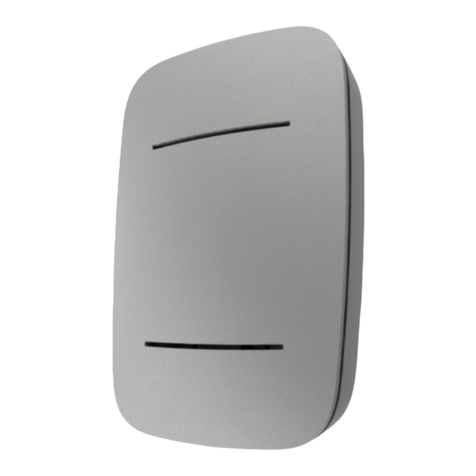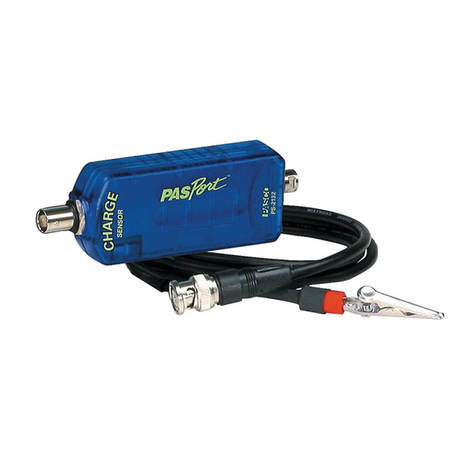User manual - METER SRP-N118
CONTENTS
1. BASIC REQUIREMENTS AND USER SAFETY.........................................................................................3
2. GENERAL CHARACTERISTICS.................................................................................................................4
3. TECHNICAL DATA......................................................................................................................................4
4. DEVICE INSTALLATION.............................................................................................................................6
4.1. UNPACKING.......................................................................................................................................6
4.2. ASSEMBLY.........................................................................................................................................6
4.3. CONNECTION METHOD...................................................................................................................7
4.4. MAINTENANCE................................................................................................................................14
5. FRONT PANEL DESCRIPTION................................................................................................................14
6. PRINCIPLE OF OPERATION....................................................................................................................15
6.1. MEASUREMENT MODE...................................................................................................................15
6.2. DETECTION OF THE PEAK VALUES.............................................................................................16
6.3. CONTROL OF THE RELAY OUTPUTS...........................................................................................17
6.3.1. On thr shold mod ................................................................................................................18
6.3.2. Two thr sholds mod ..............................................................................................................19
7. DEVICE PROGRAMMING.........................................................................................................................20
7.1. PROGRAMMING MENU...................................................................................................................20
7.2. PARAMETERS EDITION..................................................................................................................21
7.2.1. Num ric param t rs (digit chang mod )...............................................................................21
7.2.2. Num ric param t rs (slid chang mod )..............................................................................21
7.2.3. Switch param t rs (“LIST” typ ).............................................................................................22
7.3. MENU DESCRIPTION......................................................................................................................22
7.3.1. “rEL1” m nu.............................................................................................................................22
7.3.2. “inPt” m nu..............................................................................................................................25
7.3.3. ”bri” param t r.........................................................................................................................30
7.3.4. ”HOLd” m nu...........................................................................................................................30
7.3.5. ”SECu” m nu...........................................................................................................................30
7.3.6. ”rS” m nu.................................................................................................................................31
7.3.7. ”Edit” param t r.......................................................................................................................32
7.3.8. ”dEFS” param t r....................................................................................................................32
7.3.9. ”SErv” m nu.............................................................................................................................32
7.4. MENU STRUCTURE........................................................................................................................33
. THE ALARM LED......................................................................................................................................35
9. OVER-CURRENT PROTECTION..............................................................................................................35
10. DISPLAYED VALUES CALCULATION..................................................................................................35
10.1. ADDITIONAL CALCULATIONS (USED CONVERSION CHARACTERISTIC)..............................35
10.1.1. Lin ar charact ristic..............................................................................................................36
10.1.2. Squar charact ristic.............................................................................................................36
10.1.3. Squar root charact ristic.....................................................................................................37
10.1.4. Us r d fin d charact ristic....................................................................................................37
10.1.5. Volum charact ristics of a cylindrical tank..........................................................................38
10.2. EXAMPLES OF CALCULATIONS..................................................................................................39
11. THE MODBUS PROTOCOL HANDLING................................................................................................43
11.1. LIST OF REGISTERS.....................................................................................................................44
11.2. TRANSMISSION ERRORS DESCRIPTION...................................................................................46
11.3. EXAMPLES OF QUERY/ANSWER FRAMES................................................................................47
12. DEFAULT AND USER'S SETTINGS LIST..............................................................................................49
2




















